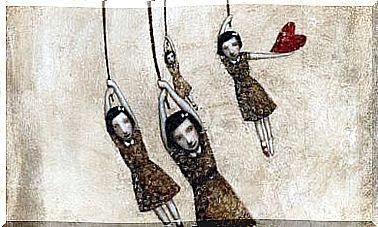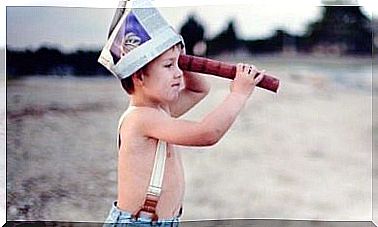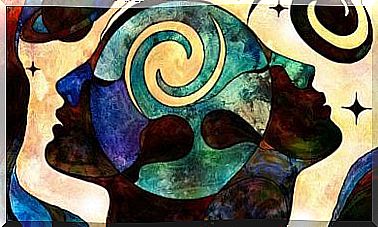Theory Of Mind: The Foundation Of Empathy
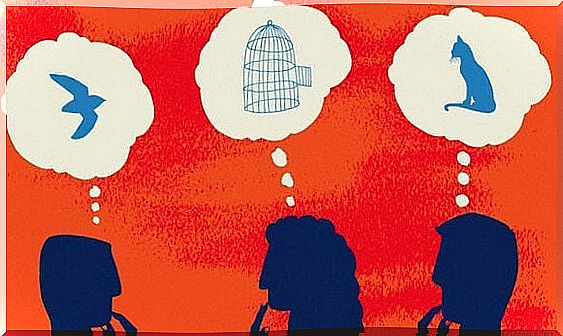
Theory of Mind (ToM) is the ability to distinguish between your own mind and that of others. It allows you to interpret and predict someone’s behavior through the mental state you ascribe to them. A mental state can include thoughts, feelings, beliefs and wishes.
Consider the following example. Imagine looking out the window and seeing your neighbor leaving his house. When he is a few steps further, he begins to pat his pockets. Then he turns and goes back inside. You probably won’t have any trouble understanding his behavior: he’s clearly forgotten something. This is because you were able to look into his mind and interpret his behavior. In psychology, this ability is included under the umbrella known as Theory of Mind .
Theory of Mind – a conceptual system
The Theory of Mind comes from the school of constructivism, which sees people as scientists who create intuitive theories about reality based on concepts. Therefore, the ToM assumes that all ideas and ideas about the mind form a vast conceptual system.
A conceptual system is something defined by a network of related concepts rather than an explicit definition.
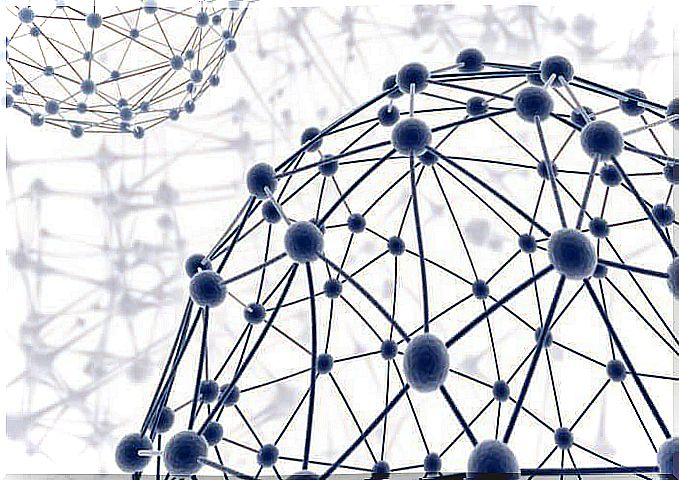
There are two fundamental points to understand about this conceptual system :
- It’s interpretive. We use concepts to represent the mental state and construct a reality around this information.
- It’s inferential. The logical relationships between concepts allow us to explain and predict future behavior by cause and effect.
Therefore, we can define the theory of mind as a cognitive system that manages, interprets and predicts behavior. It does this with support from conceptual systems and inferences. This definition suggests that the mind is a mediator between perception and action. If you can place someone else’s mind in your own mind, you can decipher their behavior.
The mind mediates behavior
But this raises the question of how the mind mediates between perception and action. How can we deduce what is happening in other people’s minds?
It is important to answer these questions in order to understand how we are able to anticipate the behavior of others just by predicting their thoughts. Psychologist Rivière and his team developed a causal theory to explain this.
According to Rivière, it all starts with perception, through which we form beliefs about reality. Together with our educational and biological backgrounds, these create desires, which in turn alter our purpose for fulfillment. This interaction between beliefs and wishes leads to a series of behaviors aimed at fulfilling these wishes.
The limitation of this model is that it is too simplistic to explain the reality of behavior. But you don’t really need to see it from a scientific perspective, because we’re looking for the way the brain reasons, not what actually happens. It seems as if this is the theory the brain uses to interpret and anticipate its own behavior and that of others. It may be imprecise, meaning it occasionally fails, but it’s a shortcut that usually works anyway.
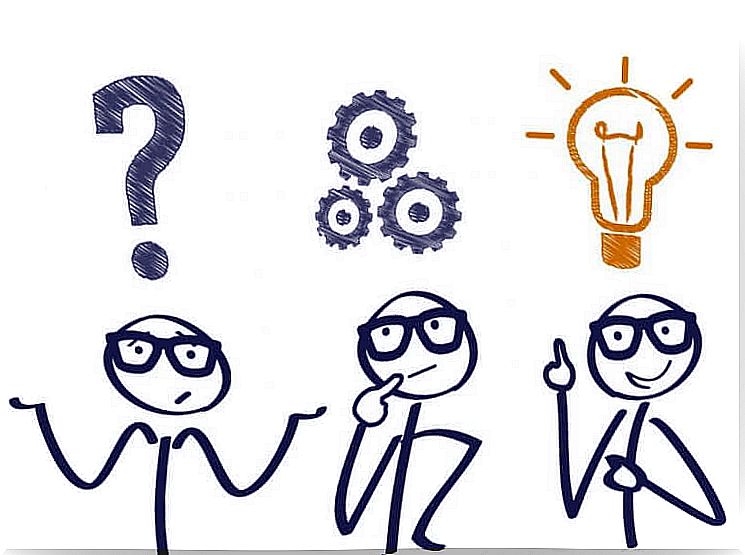
How is ToM developing?
We are not born with a theory of mind, we are born with the potential for it. It is pre-programmed in the brain, but it needs the right stimulation during the critical periods of our development to become fully functional.
The age at which ToM generally develops is around four or five years. It only develops at this point because the child must first develop the ability to understand two basic concepts :
- Wishes and beliefs. The child must understand that a person’s behavior is determined by their own wishes and beliefs. They must learn that beliefs can be wrong and wishes can go unfulfilled.
- People view objective reality from a subjective perspective. The child must understand that behavior is governed by a subjective evaluation of reality. Then they will be able to understand the existence of false beliefs and derive benefit from them.
Even when the theory of mind is fully developed, it does not become a passive process. It is an ability that influences the development of other important abilities, including empathy.
As the child begins to understand the beliefs and desires of others, he can put himself in the shoes of others.


